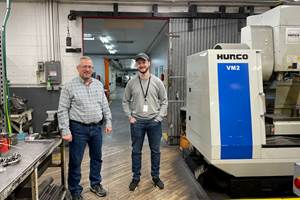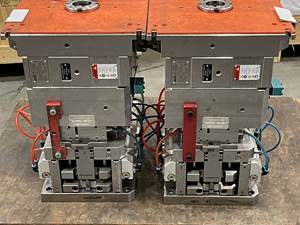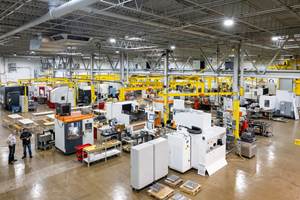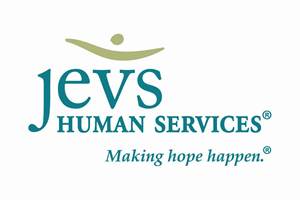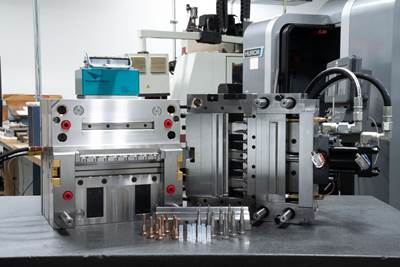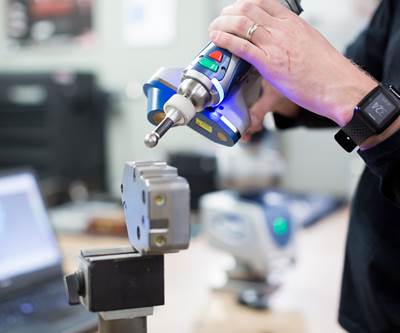Cross-Functional Team Key to Customer Service, Complexity and China Partnership
Michiana Global Mold uses a cross-functional team of journeymen moldmakers and engineers to improve customer communication, service, and quality.
Share
Read Next
Who is Michiana Global Mold?
Kelly Kasner, Director of Business Development: Since 1964, Michiana Global Mold (MGM) has been a designer and builder of plastic and rubber injection molds for the automotive, medical, industrial and consumer products markets. We specialize in parts with Class A finishes, high complexity and multiple materials.
Our cross-functional design and engineering team works in collaboration with our certified journeyman moldmakers to build tight-tolerance, single to high-cavitation molds with hot/cold runners, collapsible cores, inserts and over-molding, as well as shuttle, stack, unscrewing, two-shot and rotational molds. MGM is an ISO:9001-certified, AMBA and NTMA member.
How does MGM produce production-ready parts the first time?
Kasner: MGM’s up-front investment in effective communication with the customer, a thorough understanding of the part and molding process, and adherence to mold standards and quality systems for more than 50 years makes delivery of production-ready parts the first time possible. Our cross-functional teams, which include program managers, production managers, designers and leadmen, who are all journeymen moldmakers, partner with the customer and use a design-for-manufacturing approach to design and build a quality tool to mold each specific part. We use the latest in software and equipment (Unigraphics 3D software and both manual and high-speed machines).
Why is it important that all of MGM’s mold designers originate as journeymen moldmakers?
Kasner: Our mold designers typically have an associate degree in tool and manufacturing technology or plastics engineering technology with five to eight years of experience in the field. They are also expected to be strong in problem-solving, operation monitoring, CAD/CAM and moldmaking equipment, and possess a mathematical aptitude and critical thinking skills. These qualities allow our in-house designers to easily collaborate with our program engineers and mold builders to develop tooling and systems to optimize production, efficiency and reduce downstream manual processes.
Can you define the high level of expertise that is needed to take on complex molds?
Kasner: Our team comprises experts who can address complicated injection options, cooling issues, water lines and gate placement because MGM is well-known in the industry for designing and building ‘non-standard’ molds (not the standard ‘open-and-shut’). Our niche in the marketplace is building complex injection molds with more moving features, tighter tolerances, multiple and buried cams, hydraulics, split parting lines and delayed/multiple ejections. The majority of our moldmakers and engineers have decades of experience, and our corporate culture offers continuous professional and technical development.
Describe your Chinese partnership? How did you find and develop this partnership, and why? How has this partnership benefited Michiana?
Kasner: MGM is considered a pioneer in China with partnerships spawning over a decade. In 2008, our management team recognized the increased global competition in China and their presence in the U.S. market. Although we recognized the disparity of quality standards, the origin of component issues and a sub-standard workforce training culture, we also discovered companies in China that were motivated to adopt an Americanized culture and related quality standards.
Over several years, our team commenced a process of working with nearly one-hundred shops in China before it found the right company with which to partner. This partnership has driven continued success stories at MGM as we can maximize cost savings using the Chinese labor market while delivering U.S. quality standards in mold design and build.
We use only North American or German steels and components in our Chinese mold builds. All tools include mold-flow analysis and on-premises sampling. Our molds built in China are fully backed and managed by our U.S. team. MGM needs to offer this option when partnering with companies to meet their tooling needs with maximum cost savings without compromising quality, in addition to local service and local support once their tool reaches the U.S.
Can you share any tips or lessons learned for developing and working with a Chinese partner? What is the key ingredient in this partnership?
Kasner: The key is to invest in your Chinese partnership as much as you would in your home team. Take time to form a trusting relationship, invest in the management and workforce talent, and use technology to increase capacity and capabilities. Although a mutually beneficial partnership also includes respect of both U.S. and Chinese heritages, take the time to invest in incorporating an American craftsmanship culture.
The key ingredient is communication. An in-house engineer dedicated to managing our global programs, who is engaged with our customer and our China team in effective and continuous communication, is critical to the success of our mold build programs.
How do you achieve effective and close communication with customers?
Kasner: Communication experiences are an integral part of MGM’s success strategy in developing relationships, not just making sales. Our repeat and loyal customers learn to expect intimate communication, which involves part and design meetings, phone calls, site visits, progress reports, shared files, material certifications, post-delivery support and service. Each team member is responsible for customer service, cultivation, discovery and awareness. MGM opened in 1964 as a family business focused on quality craftsmanship, innovation and customer service, and that family culture still exists today.
Related Content
Midgard Inc. Tackles Tooling Challenges and Automates Production to Keep Molds Running
This Eastern Pennsylvania molder does cavity changes daily, making its in-house toolroom critical to quickly fixing mold problems.
Read MoreSpecialist Automotive Mold Builder Mentors in Work and Life Skills
Southeastern mold builder PFAFF Molds sets the standard in toolmaking for automotive window and vehicle body sealing systems through knowledge-sharing and automation.
Read MoreCross Training, In-House Capabilities and Collaborative Design Move Helm Tool Forward
Cross-training, bringing it all in-house, molding and collaborative design are essential to Helm Tool's success.
Read MoreTaking a Holistic Approach to Training Is Filling a Local Skills Gap
Success coaches through JEVS Human Services’ Tri-State Apprenticeship Program (JTAP) provide guidance and a different way of learning for the whole person for small- to mid-sized manufacturers.
Read MoreRead Next
Experience, Knowledge Base, and Creativity Give Tri-Par An Edge in Molds for High-Flow Material Parts
Expertise in building molds for parts made from highly-engineered materials and automation for molding gives Tri-Par Die and Mold Corp. key mechanisms for growth.
Read MoreA 'Quality Without Compromise' Mindset and A Diverse Customer Base Gives Delta Mold More Peaks Than Valleys in Business
Quality-driven processes and focus on diversity in the markets served are key to Delta Mold’s continued success.
Read MoreAre You a Moldmaker Considering 3D Printing? Consider the 3D Printing Workshop at NPE2024
Presentations will cover 3D printing for mold tooling, material innovation, product development, bridge production and full-scale, high-volume additive manufacturing.
Read More



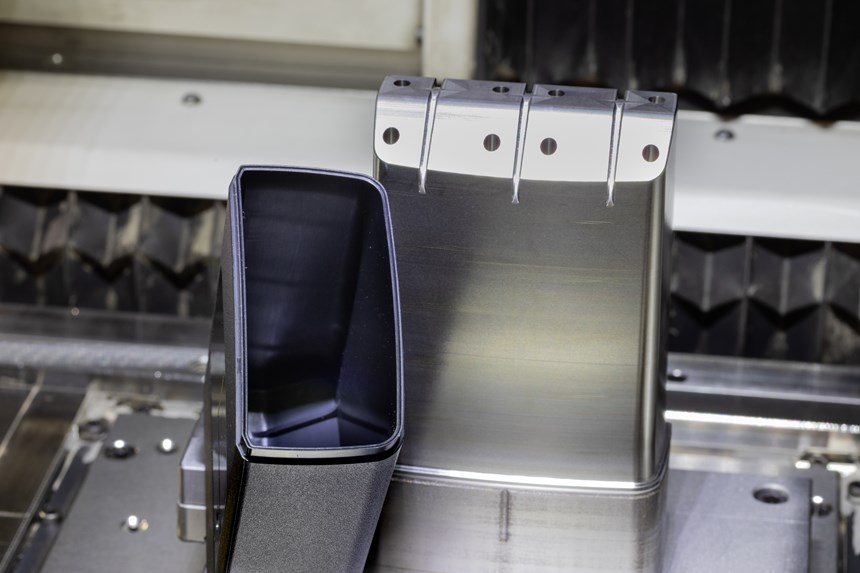
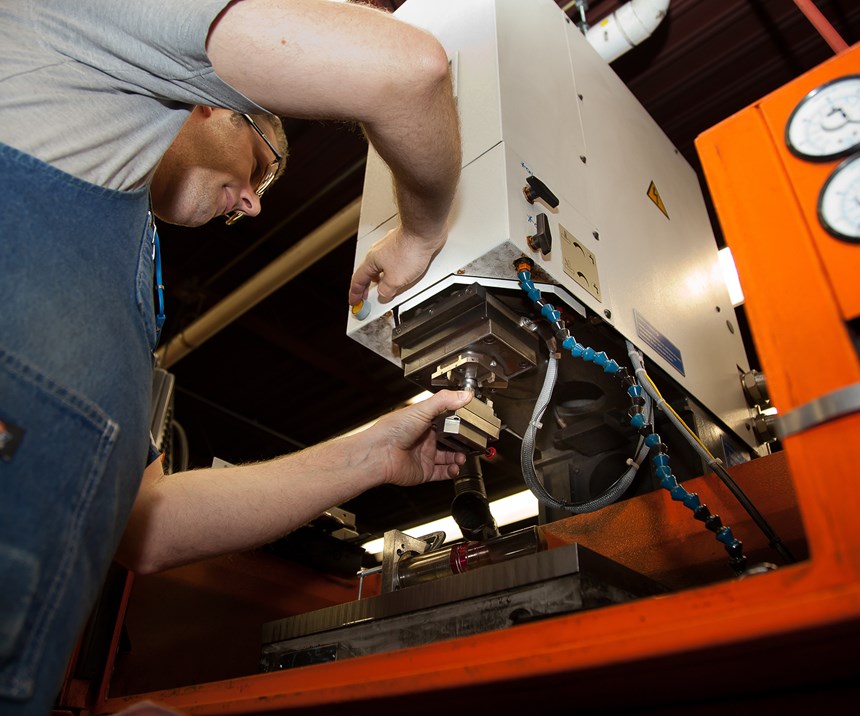
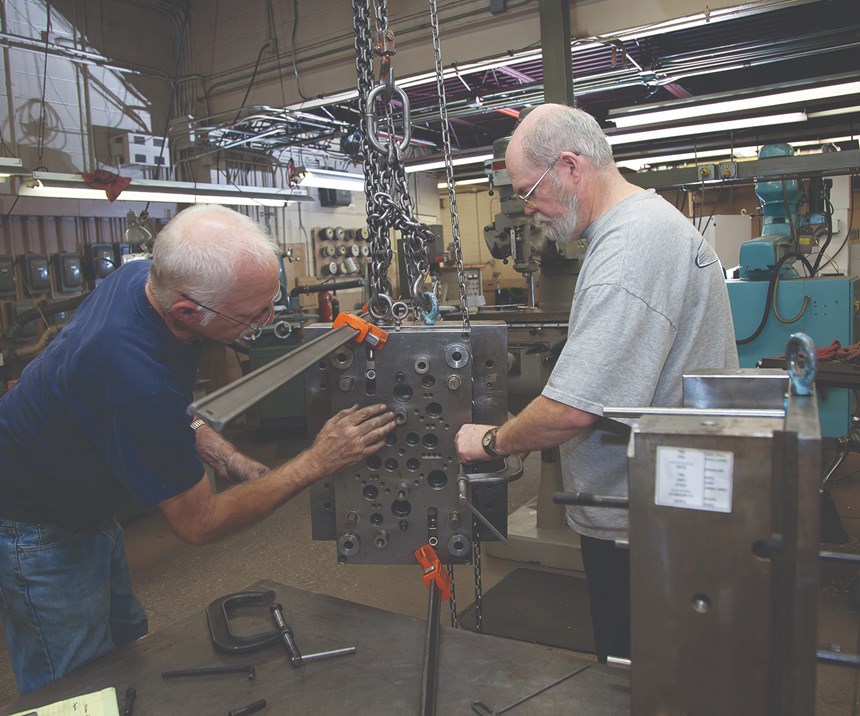
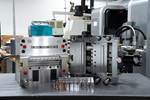
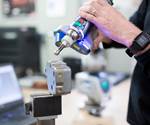








.jpg;maxWidth=300;quality=90)
.png;maxWidth=300;quality=90)




_300x250 3.png;maxWidth=300;quality=90)


